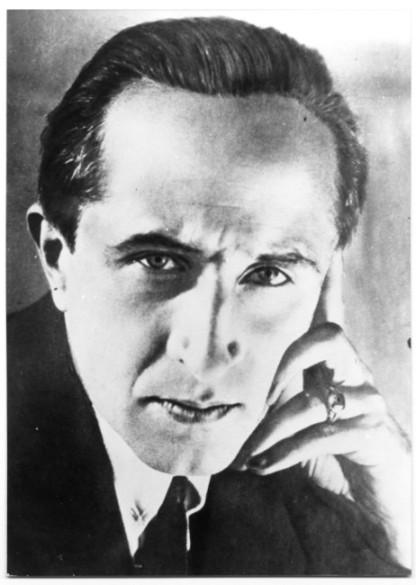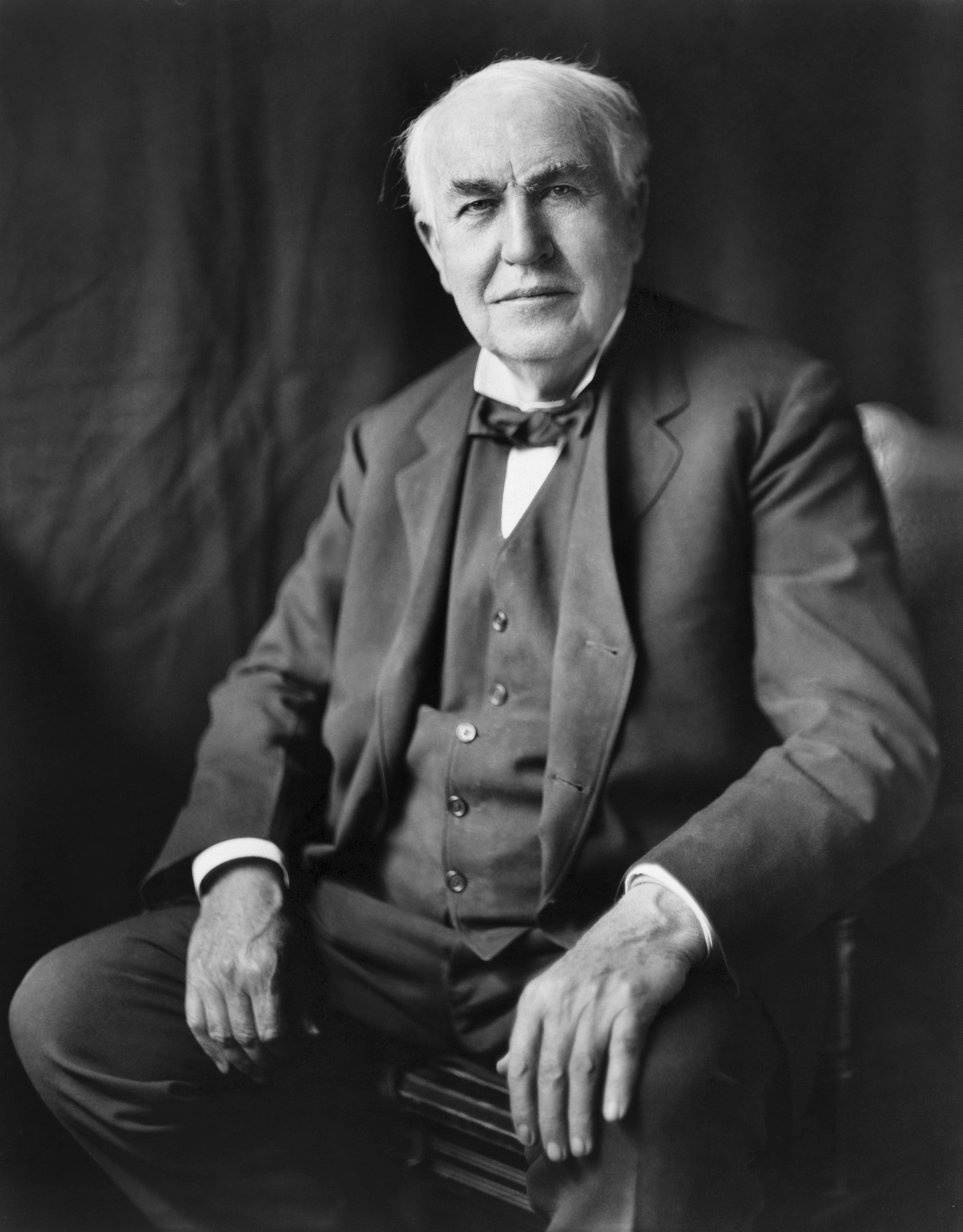To make a film there are a variety of ways to do so when editing. Altogether there are three ways to edit one of them being analogue (splicing), video and digital. However, over the years two of the editing techniques are not used, but the main way to edit is digitally.
Analogue editing is cutting together the pieces of celluloid film for the film to be shown in order. Traditionally films were made up with a set of images to be printed on to acetate negative, and this was done so that the images could be spliced together to create a reel of film. Once the reel of film is created it would then start feeding through a projector at a constant speed of twenty four frames per second. The reason to the frames being at a constant speed is because it makes the images seem as if they are moving, despite them actually not moving and this due to the existence of analogue editing. A further point is that the films were edited using The Moviola, which was invented by Iwan Serrurier in 1924. The Moviola was the first device allowing film editors to view the film as they were editing. In addition, this machine was used first for a feature length motion picture editing.


Iwan Serruerier The Moviola
Another form of editing is video editing. This type of editing was being used before digital technology, as magnetic tapes became available. These magnetic tapes were used to store information, yet people knew the tapes as video tapes. Furthermore, the process of video editing is to edit segments of tapes, which is done by using a mechanical device that puts together the pieces of a video tape. For the device to put the pieces of video tape together, it requires that the editing is done in the correct order the first time. If the tape is edited in the correct order the first time round, then it avoids showing any mistakes. Therefore, this is known as linear editing.

On the other hand, the next type of editing is digital. Digital editing is common because it is a form of electronic media, where the data is stored. Also there are different methods for digital editing opposed to the previous two styles mentioned above. Digital editing is done through a range of programs for example Adobe Premier, Avid and Final Cut Pro. These three programs can be found on computers and when the program is in use, it allows the clips to go in a certain order as well as manipulate this digital data. Additionally, digital film making is done by using bits and bytes (strings of 1's and 0's) to record, transmit and replay images. Instead of using the method of chemicals on film, the whole process is now electronic. Thus there is no need to involve printing or splicing. As digital editing is a process of using electronic files it becomes easier to cut and paste text into a word document. While editing a sequence, the order would not matter to whether the editing began from the end, before having started the first scene. So this means that digital editing is known as non-linear editing.

The fact that there are three ways to edit they still have there ups and downs. On the one hand the pros for analogue editing is that it is quicker and also precise, because the cast and crew will be given instructions as well as responsibility to only have one shot taken. Given that analogue editing is not done on the computer it suggests that it is a lot more safer. The reason for it being safe to not do editing on the computer is because, there is less risk of the footage getting damaged. The cons of analogue editing is that if a mistake did happen then there will be no chance in being able to edit the mistake. Also the mistake will make the film low standard which is not good for the director, and other people involved in helping out with the film. Nevertheless, another con is that the equipment to edit the film will possibly be heavy, also expensive. Furthermore, communication is a hurdle during the recording of a scene such as saying action/cut. This makes it difficult to even edit the action or cut out of the film. Even more so the issue with analogue editing is that the video tapes tend to degenerate, and becuase of this the film will seem all jumpy and have these scratches that stops showing some parts of the film from the screen.
Finally, in this case digital editing has positives when editing and one positive is that it overtook video editing, by being quicker and a lot more cheaper. In addition, when filming the scenes can be filmed in any order at any time, and this would apply to editing as well. Also there are multiple chances to edit to make an advert or film to a high standard. As well as these positives there are negatives. The negative for this type of editing in general is that the whole procedure of editing can be a struggle to understand. It is because it could be a persons first time trying to edit, however this can be solved as some people who know how to edit will have tutorials. But this would take up valuable time when having to meet a deadline to have the film or something edited. Another disadvantage for digital is piracy. To end with the last problem could be that the program could crash and lose the work, or anything could happen to the computer. Therefore, technology is not reliable at times when it comes to digital editing.


















